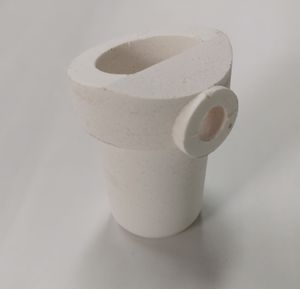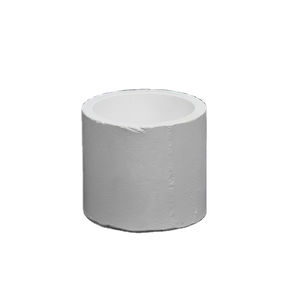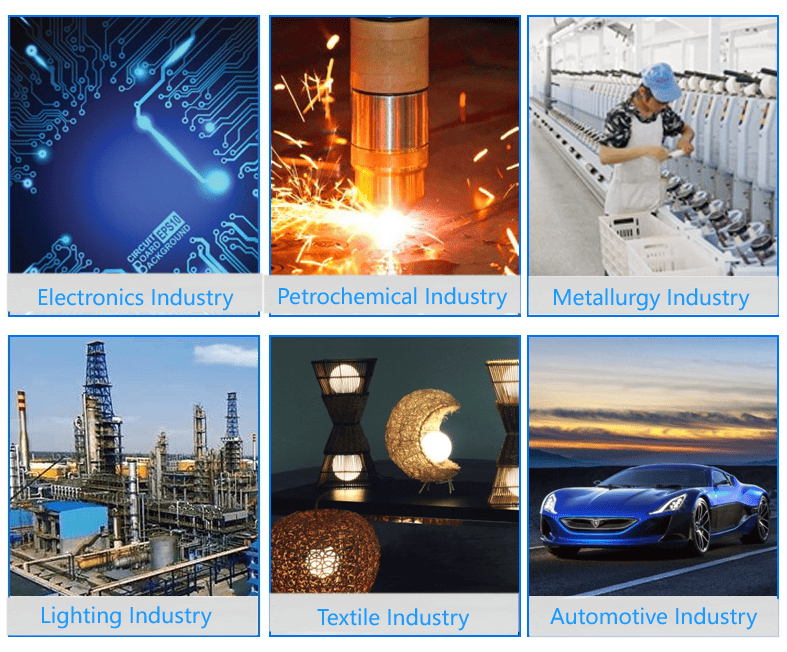Discover Premium Ceramic Products | Durability & Elegance United | Advanced Ceramics
PRODUCT PARAMETERS
Description
Overview of Boron Nitride Ceramic
Boron Nitride (BN) ceramic is a unique material renowned for its exceptional properties, making it highly valuable in various industrial applications. It exists in multiple forms, primarily hexagonal boron nitride (h-BN), cubic boron nitride (c-BN), and wurtzite boron nitride (w-BN). Hexagonal BN, the most common form, is often compared to graphite due to its lubricious and thermally conductive yet electrically insulating nature. Boron Nitride ceramics are synthesized under high temperatures and pressures, offering a rare combination of properties not found in many other materials.
Features of Boron Nitride Ceramic
Thermal Conductivity: Excellent thermal conductivity, especially in the hexagonal form, allowing efficient heat dissipation.
Electrical Insulation: Outstanding electrical insulation properties make it ideal for electrical applications requiring thermal management.
Chemical Stability: Highly resistant to chemical attacks, including strong acids and bases, ensuring durability in harsh environments.
Thermal Shock Resistance: Superior resistance to thermal shock, enabling it to withstand rapid temperature changes without cracking.
Mechanical Strength: Good mechanical strength at both room and elevated temperatures, although this can vary with the form of BN.
Lubricity: Self-lubricating property due to its layered structure, which reduces friction and wear in moving parts.
Non-Toxic: Safe to use in various settings, including medical and food processing industries, due to its non-toxic nature.
High-Temperature Performance: Maintains stability at extremely high temperatures, exceeding 1000°C in inert atmospheres, making it suitable for refractory applications.
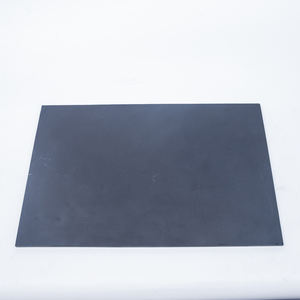
(Pyrolytic Boron Nitride Insulating Ceramic Plate Substrate PBN PG Heater)
Specification of Pyrolytic Boron Nitride Insulating Ceramic Plate Substrate PBN PG Heater
The Pyrolytic Boron Nitride (PBN) Insulating Ceramic Plate Substrate PBN PG Heater is designed for high-temperature applications. It provides reliable performance in extreme environments. The material is made using chemical vapor deposition. This ensures high purity and uniform structure. The ceramic plate excels in thermal stability. It operates effectively in temperatures up to 1800°C in inert atmospheres. It maintains stability under vacuum conditions too. The low thermal expansion coefficient reduces cracking risks. This makes it durable during rapid temperature changes.
The substrate offers excellent electrical insulation. It resists electrical breakdown even at high voltages. This property is critical for semiconductor processing. It prevents current leakage in sensitive equipment. The material’s high thermal conductivity allows efficient heat distribution. This ensures uniform heating across the substrate surface. It minimizes hot spots. The result is consistent performance in processes like molecular beam epitaxy.
PBN ceramic plates are chemically inert. They resist corrosion from acids, bases, and molten metals. This extends their lifespan in aggressive environments. The surface is smooth and non-porous. It avoids contamination in high-purity applications. The material is also machinable. Custom shapes and sizes can be produced to fit specific equipment needs.
The PBN PG Heater integrates seamlessly with existing systems. It supports precise temperature control. This is vital for processes requiring accuracy within narrow ranges. The heater’s design minimizes energy loss. It improves overall efficiency. Maintenance requirements are low due to the material’s robustness.
Standard thickness ranges from 0.5mm to 5mm. Diameters vary between 50mm and 300mm. Custom dimensions are available on request. The plates are compatible with most vacuum chambers. They meet industry standards for high-temperature insulation.
This product is ideal for research labs, semiconductor fabrication, and aerospace applications. It ensures reliability in environments where failure is not an option. The combination of thermal, electrical, and chemical properties makes it a versatile solution.
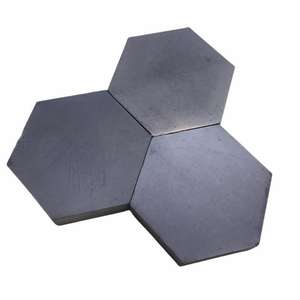
(Pyrolytic Boron Nitride Insulating Ceramic Plate Substrate PBN PG Heater)
Applications of Pyrolytic Boron Nitride Insulating Ceramic Plate Substrate PBN PG Heater
Pyrolytic Boron Nitride (PBN) insulating ceramic plate substrates with integrated PG heaters are specialized materials designed for high-performance applications. These components handle extreme temperatures. They work well in environments requiring thermal stability. Their unique structure combines boron nitride layers. This gives them low thermal expansion. It also provides excellent electrical insulation.
PBN PG heater plates are widely used in semiconductor manufacturing. They serve as crucibles or holders in high-temperature processes. Examples include molecular beam epitaxy (MBE) systems. They ensure uniform heat distribution. This is critical for growing thin films. The material resists chemical reactions. It stays stable even with aggressive substances. This makes it suitable for handling molten metals or reactive gases.
Another key application is in vacuum systems. PBN plates maintain performance under low-pressure conditions. They prevent outgassing. This avoids contamination in sensitive processes. The integrated PG heater allows precise temperature control. Users adjust heating rates quickly. This improves process efficiency.
The aerospace industry benefits from these plates. They are used in sensors or components exposed to extreme heat. Their lightweight nature reduces overall system weight. They also handle thermal cycling without cracking. This ensures long-term reliability.
Crystal growth processes rely on PBN substrates. They support the production of single crystals for lasers or optical devices. The material’s purity prevents impurities from entering crystals. This results in higher-quality outputs.
Electronics manufacturing uses PBN PG heaters for annealing or sintering. They ensure even heating of materials like silicon or advanced ceramics. This improves product consistency. The plates resist wear. They last longer than traditional metal heaters.
Medical equipment applications include high-temperature sterilization tools. PBN materials withstand repeated heating cycles. They do not degrade. This makes them ideal for reusable devices.
Energy systems use these plates in high-efficiency heating elements. They convert electrical energy to heat effectively. This reduces energy waste. Their insulation properties prevent heat loss.
PBN PG heater plates are versatile. They meet demands across industries needing precision, durability, and thermal management. Their design addresses challenges in advanced manufacturing and research.
Company Introduction
Advanced Ceramics founded on October 17, 2014, is a high-tech enterprise committed to the research and development, production, processing, sales and technical services of ceramic relative materials and products.. Since its establishment in 2014, the company has been committed to providing customers with the best products and services, and has become a leader in the industry through continuous technological innovation and strict quality management.
Our products includes but not limited to Silicon carbide ceramic products, Boron Carbide Ceramic Products, Boron Nitride Ceramic Products, Silicon Carbide Ceramic Products, Silicon Nitride Ceramic Products, Zirconium Dioxide Ceramic Products, Quartz Products, etc. Please feel free to contact us.(nanotrun@yahoo.com)
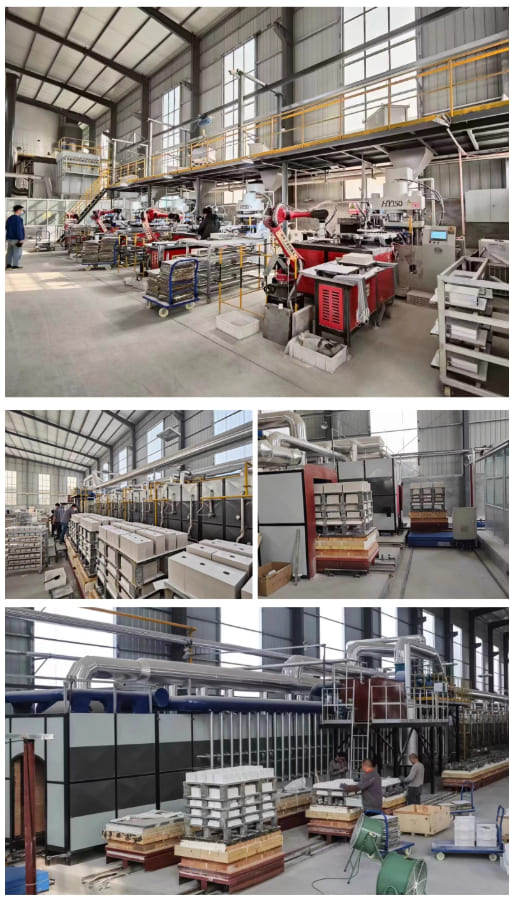
Payment Methods
T/T, Western Union, Paypal, Credit Card etc.
Shipment Methods
By air, by sea, by express, as customers request.
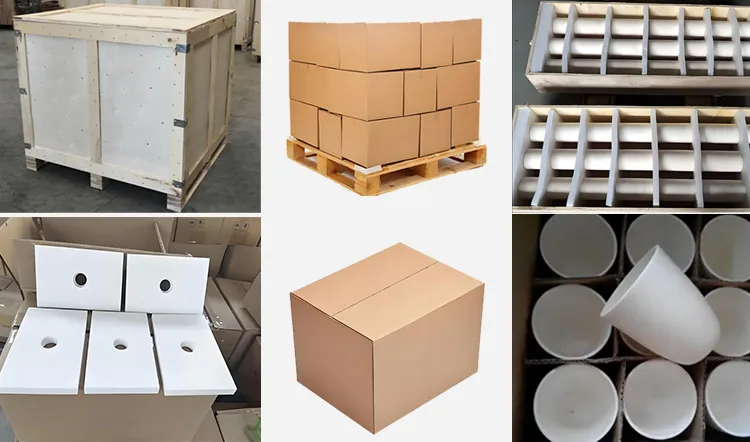
5 FAQs of Pyrolytic Boron Nitride Insulating Ceramic Plate Substrate PBN PG Heater
What is Pyrolytic Boron Nitride (PBN) ceramic plate substrate used for? PBN ceramic plates work as insulating materials in high-temperature environments. They handle extreme heat while keeping electrical insulation stable. Common uses include semiconductor manufacturing, vacuum systems, and crystal growth processes. Their resistance to thermal shock makes them reliable for repeated heating cycles.
How does PBN compare to other ceramic materials? PBN offers better thermal conductivity than alumina or quartz. It resists chemical corrosion from molten metals or reactive gases. Unlike many ceramics, PBN maintains strength at temperatures over 1500°C. This reduces cracking risks during rapid temperature changes.
What temperature range can PBN PG heaters handle? PBN PG heaters operate steadily between 500°C and 1800°C. They heat evenly across the surface due to uniform thermal expansion. This stability suits processes like epitaxial growth or metal coating. Precise temperature control prevents damage to sensitive components.
Are PBN plates safe for use in reactive gas environments? Yes. PBN resists attack from gases like ammonia or chlorine. It stays stable even under plasma conditions. This makes it ideal for chemical vapor deposition (CVD) systems. Contamination risks stay low because PBN releases minimal particles.
How should PBN ceramic plates be handled and stored? Avoid mechanical stress or impact during handling. Store plates in dry, clean environments to prevent moisture absorption. Clean surfaces with alcohol or acetone before installation. Always use gloves to reduce oil or dirt transfer. Regular inspection ensures no cracks or warping develop over time.
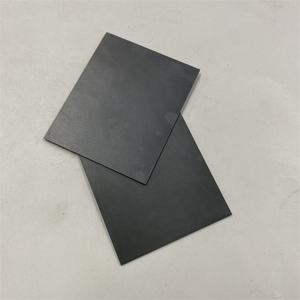
(Pyrolytic Boron Nitride Insulating Ceramic Plate Substrate PBN PG Heater)
REQUEST A QUOTE
RELATED PRODUCTS
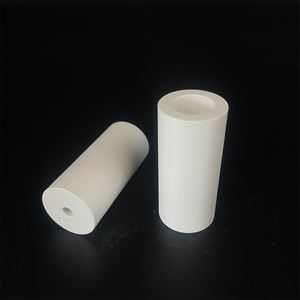
Competitive Factory 1 Micron Cubic Hexagonal Boron Nitride Powder Coating Ceramic Cosmetic Nanoparticles CAS 10043-11-5
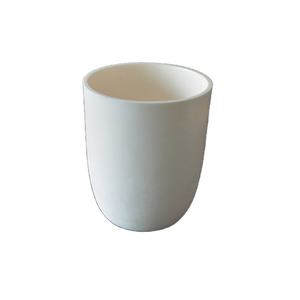
High Strength / SIC+BN Composite Ceramic / Boron Nitride Ceramic Plate
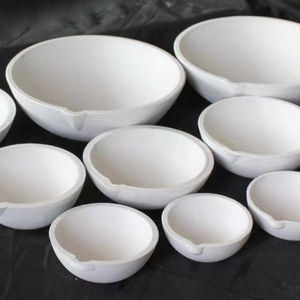
Extremely High Working Temperature Customized Boron Nitride BN Ceramic Roller
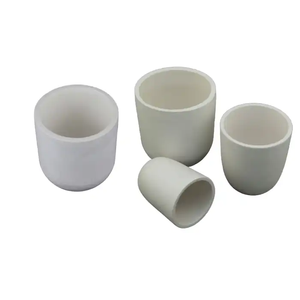
Custom High Purity 99% Insulator Hexagonal BN Boron Nitride Ceramic Ring Sleeve Tube Plate Disc
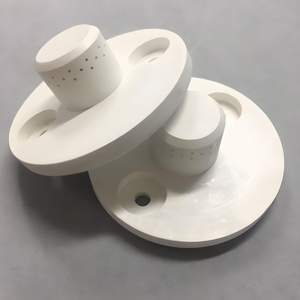
10x20x105mm Black Boron Nitride Ceramic Evaporation Boat BN Tray
